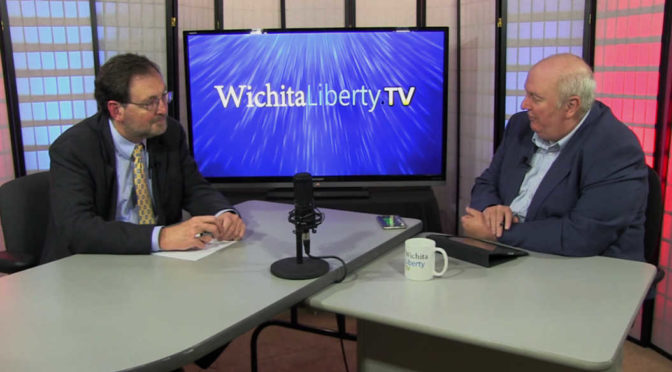Should Kansans accept the results of a public opinion poll when little is known about it?
Recently American Cancer Society Cancer Action Network released results of a poll regarding Medicaid expansion in Kansas. What ACS CAN wants us to know is that 82 percent of Kansans favor expansion.
But before we accept these results, we need to know that ACS CAN will not release the full results of the survey, as other organizations have done.
In particular, last year Kansas Hospital Association conducted a poll on the topic of Medicaid expansion, and it released the complete poll and results.1
This year Kansas Center for Economic Growth conducted a poll. It released the full results.2 From this release, we learned that one of the questions was so vague as to be open to many different interpretations.3
Kansas Policy Institute conducts many polls and releases the full results.4

But ACS CAN, despite multiple requests to several contacts, will not release the full results of the poll, as other public policy advocacy groups have done.
It would be unfair to conclude that ACS CAN has something to hide, or that the poll was constructed in a way to be misleading. Conversely, it is not wise to give much weight to this poll when we know so little about it.
—
Notes
- Kansas Hospital Association. Public Opinion Poll: Medicaid Expansion and Access to Health Care in Kansas. Available at http://www.kha-net.org/communications/mediareleases/public-opinion-poll-medicaid-expansion-and-access-to-health-care-in-kansas_102768.aspx. ↩
- Kansas Center for Economic Growth. Results of Kansas statewide poll. Available at http://realprosperityks.com/wp-content/uploads/2017/03/TSPolling_KCEG_KansasStatewide_PublicReleasePacket_2017.03.30-final-1.pdf. ↩
- Weeks, Bob. Kansans are concerned about the level of state spending on schools. A public opinion poll asks whether Kansans are concerned about school spending, but leaves us wondering why they are concerned. Available at https://wichitaliberty.org/kansas-government/kansans-concerned-level-state-spending-schools/. ↩
- See, for example Kansans say no to more taxes at https://wichitaliberty.org/kansas-government/kansans-say-no-taxes/, Poll: Wichitans don’t want sales tax increase at https://wichitaliberty.org/wichita-government/poll-wichitans-dont-want-sales-tax-increase/, and New survey: Kansans remain misinformed regarding k-12 finance at https://kansaspolicy.org/new-survey-kansans-remain-misinformed-regarding-k-12-finance/. ↩
- American Cancer Society Cancer Action Network. Poll: Kansas Voters Overwhelmingly Support Medicaid Expansion. Available at https://www.acscan.org/releases/poll-kansas-voters-overwhelmingly-support-medicaid-expansion. ↩
- “Uninsured Kansans earning less than sixteen thousand dollars a year do not have access to any affordable healthcare coverage options. Kansas lawmakers are considering taking action that would provide these low-income residents access to coverage that would include primary care, preventive screenings, diagnostic testing, and cancer treatment services through the state’s KanCare program. The federal government would cover most of the cost to cover these state residents. Do you favor or oppose Kansas accepting the federal funds to increase access to healthcare coverage for thousands of hardworking Kansans through the state’s KanCare program?” Results at https://wichitaliberty.org/wp-content/uploads/2017/05/ACS-Kansas-Medicaid-poll-2017-exp-poll.pdf. ↩



 Here’s a table of the three votes taken in the Kansas House of Representatives in February and April on
Here’s a table of the three votes taken in the Kansas House of Representatives in February and April on  Here’s a table of the two votes taken in the Kansas House of Representatives in February on
Here’s a table of the two votes taken in the Kansas House of Representatives in February on 





